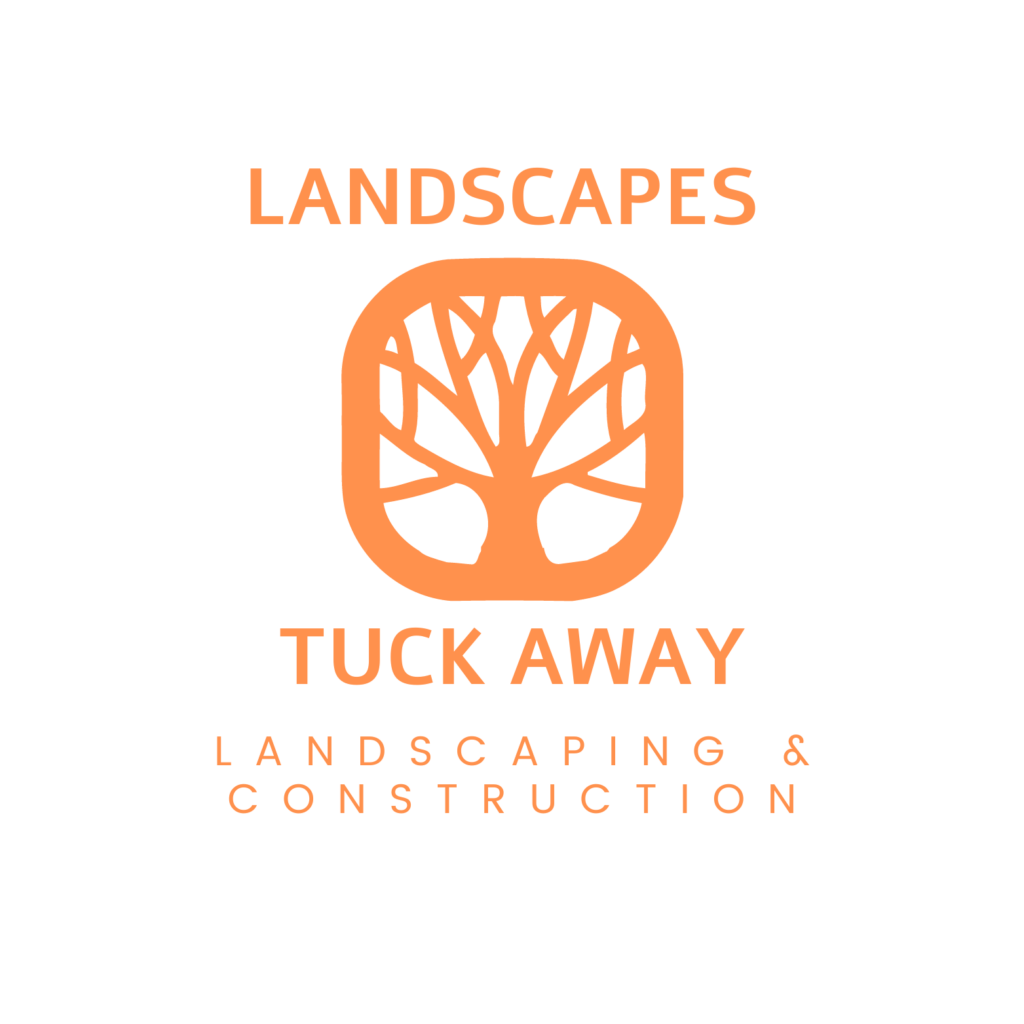
Landscaping as a keeper of tradition and culture
Landscape design is an independent profession and a design and art tradition, practiced by landscape designers, combining nature and culture. In contemporary practice, landscape design bridges the space between landscape architecture and garden design. As culture keepers and traditional artist we create the perfect union of modern stile with traditional knowledge to create spaces that respect the rights of mother earth with products that do not harm the ecosystems, that are sustainable and products that are not harmful to animals or humans! also we use traditional technics that minimize water consumption and toxic chemicals!
Design scope:
Landscape design focuses on both the integrated master landscape planning of a property and the specific garden design of landscape elements and plants within it. The practical, aesthetic, horticultural, and environmental sustainability are also components of landscape design, which is often divided into hardscape design and softscape design. Landscape designers often collaborate with related disciplines such as architecture, civil engineering, surveying, landscape contracting, and artisan specialties, which is where we can really use our traditional knowledge.
Design projects may involve two different professional roles: landscape design and landscape architecture.
- Landscape design typically involves artistic composition and artisanship, horticultural finesse and expertise, and emphasis on detailed site involvement from conceptual stages through to final construction.
- Landscape architecture focuses more on urban planning, city and regional parks, civic and corporate landscapes, large scale interdisciplinary projects, and delegation to contractors after completing designs.
There can be a significant overlap of talent and skill between the two roles, depending on the education, licensing, and experience of the professional. Both landscape designers and landscape architects practice landscape design